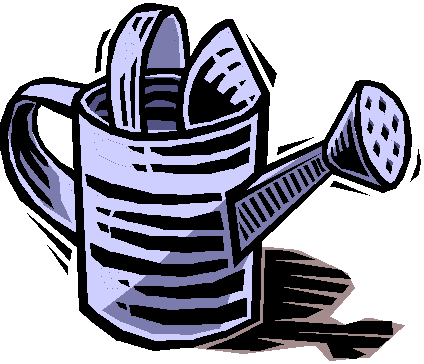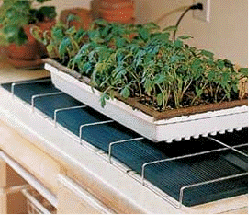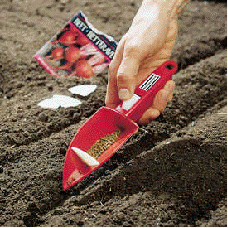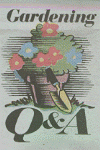'

|
All
About Gardening and Gardening Q & A |
|
Bookmark
this page or add it to your favorites now! |
|
"Indoor Seed Starting for Beginners to Experts" |
|
It's easy to start seeds indoors and there are many reasons for starting your own seeds including being able to grow an unusual, hard-to-find, or new variety or plant, saving money, starting seeds that need to be started indoors early to get a head start, and having fun in the process. One of the keys to successful indoor seed starting is using the right equipment and knowing how to use it. You'll need a seed-starting setup which is comprised of a light source, a timer for the light source, a propagation mat, sterile seed pots and cell packs, and special seed-starting mix for germinating seeds that also must be sterile. Soilless mix for transplants is used when it comes time to transplant the seedlings into cell packs. |
|
I start all of my own flower, vegetable, and herb transplants. Every winter I start several thousand seeds for my garden and home landscape, so I have, by necessity, developed a seed-starting timetable of each and every plant. Each plant has its own proper seed-starting time and it varies, depending on the plant, from 12 weeks (which we're near now) to two weeks before the time the plant should be planted out in the garden. My list is based on the average last frost date of May 31. I start by counting backwards (measured in weeks) from that date. I've learned over the years that each type of seed has its own ideal seed-starting method and may require special treatment. Oftentimes if you don't have success with a certain type of seed, it probably requires special attention. For each plant I have notes on soil temperature for best germination, to cover, cover lightly, or not to cover seeds, any special formulation of seed-starting mix to use, any seed pretreatments needed before sowing the seeds, whether to direct sow into peat pots, exclude light for germination or not, and any other valuable information I've discovered or learned on how best to start the particular seeds. Knowing what a particular type of seed needs for best germination makes all the difference in the world.
Because each plant is different each step along the way is also
different from sowing the seeds in seed pots to transplanting the
seedlings to cell packs to getting the seedlings acclimated to the
outdoors by "hardening off." Click here to order seed starting supplies from Pernell Gerver's Online Store. |



 by
Pernell Gerver
by
Pernell Gerver
 Pernell
Gerver, Horticultural Communication Services All rights reserved.
Pernell
Gerver, Horticultural Communication Services All rights reserved.